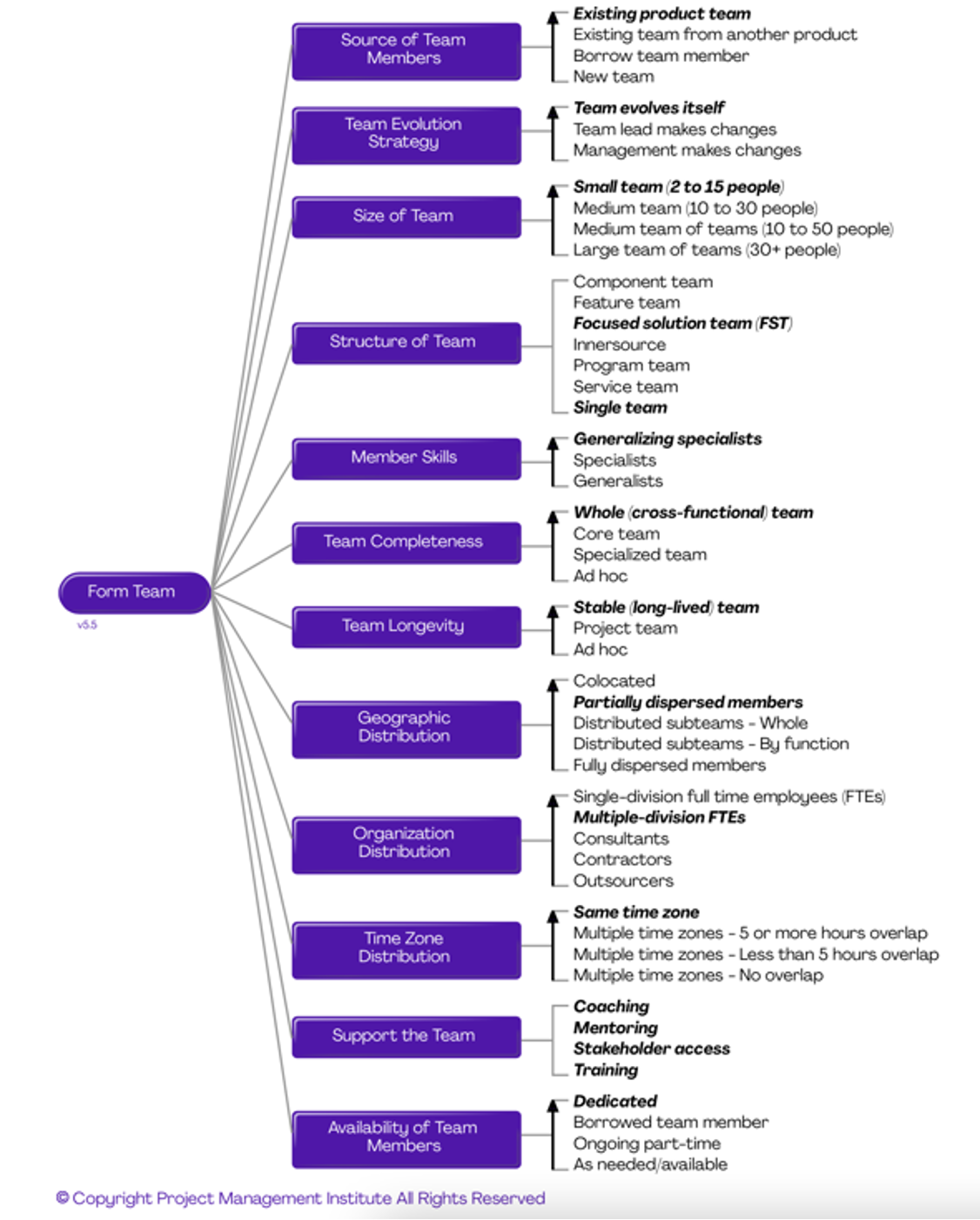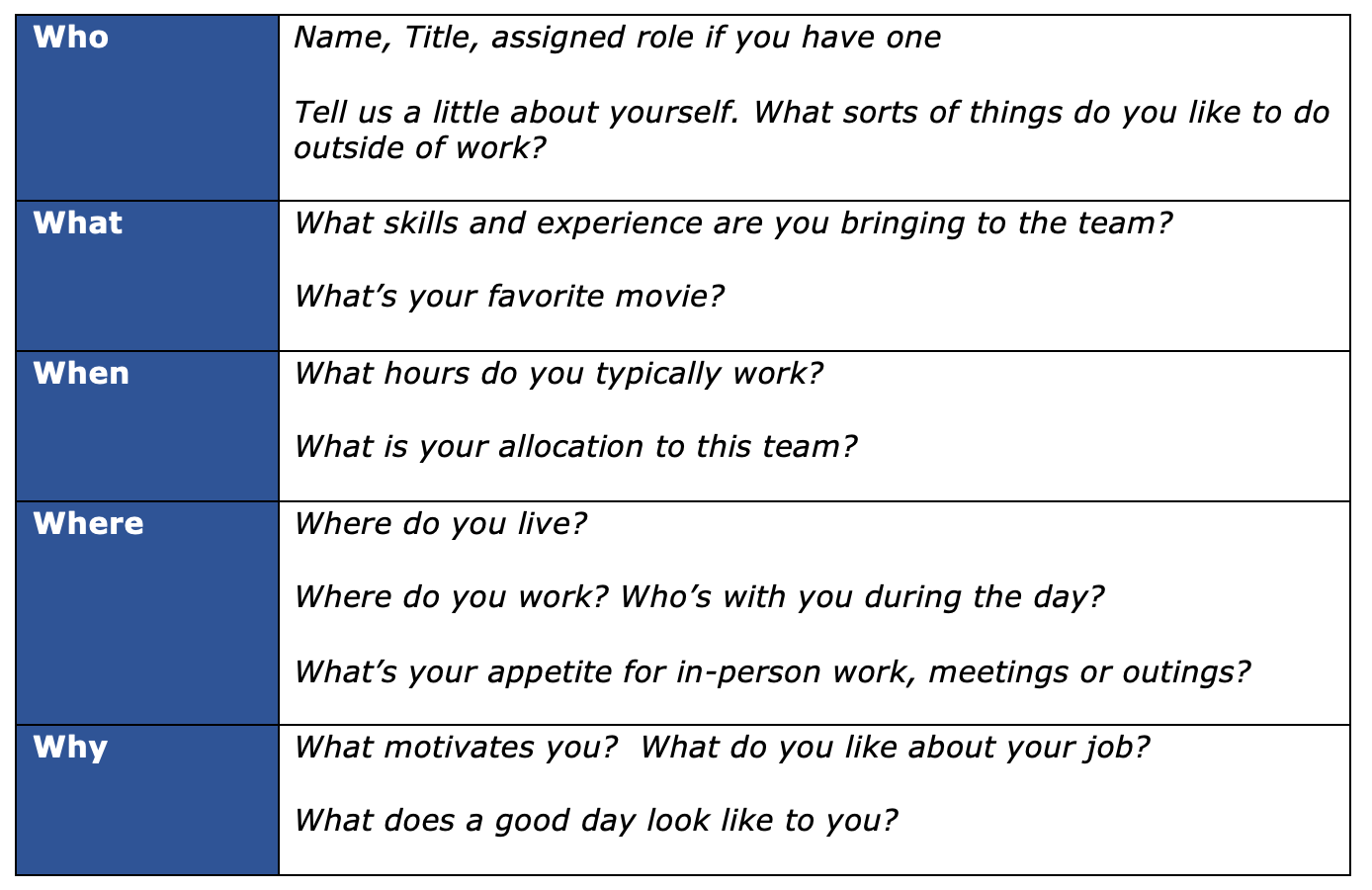- Tags
- Article
- Agile
- Great place to work
- Executive Insights
- IT Leadership
Icebreaker for effective team launch

The problem
Icebreakers can be tricky. Programmers resist them. Sometimes that’s because they’re introverts who don’t feel comfortable participating, and sometimes they’re skeptics who just want to focus on the work. Yet, in today’s virtual world, if team leaders don’t actively foster team building, these same team members will never establish the relationships they need to forge a high-performing, self-directed team.
At nvisia, we routinely need to create new teams. As we start new efforts, we form blended teams with the client, so a project kickoff is the first time some of the team members are introduced to each other.
Following the great resignation, this problem is no longer so unique to us. Many companies face the challenge of introducing new people to their teams and needing to quickly take those new teams from forming to performing.
Disciplined Agile provides managers with guidance as they select team members and form teams, but let’s face it – the reasons behind that selection are rarely communicated to the team members. Knowing this, discovering, sharing and planning for the strengths and weaknesses in the team forms the basis of nvisia’s initial team icebreaker: the Team Formation Meeting. We find this is practical enough to win over even the introverts and skeptics.

Figure 1. Disciplined Agile Form Team Process Goal Diagram.
The Team Formation Meeting
In a standard project start, we schedule this meeting for the afternoon of the first day. The morning is reserved for kickoff with the business and learning about the project / product goals.
This is the only meeting we schedule for the first afternoon. Any remaining time is filled with environment setup, security onboarding, and other heads-down logistics.
Step 1: Round robin icebreaker, Five w’s:
To conduct the meeting, we go around the group, with each person taking a turn to answer the following questions:

Step 2: Follow-up group discussion:
Having heard from everyone…
- What time should we hold team standup at?
- How often should we meet in person? For what?
- What are our strengths as a team? What are our gaps? How should we fill them?
- Knowing what we do about the project and the team, what is the right process for us to start with?
- Let’s schedule our first team outing / online happy-hour
Note that agile process allows us the freedom to change these decisions later if they aren’t working for us.
Want to learn more?
To dig a little deeper into how nvisia initiates projects and the other meetings we run, attend our webinar: Start strong: Launching agile teams remotely.
Connect with the author of this blog, Tracey Barrett, on LinkedIn or at Milwaukee Agile.
Attend any of our upcoming events or reach out directly via the Let's Connect button above.





